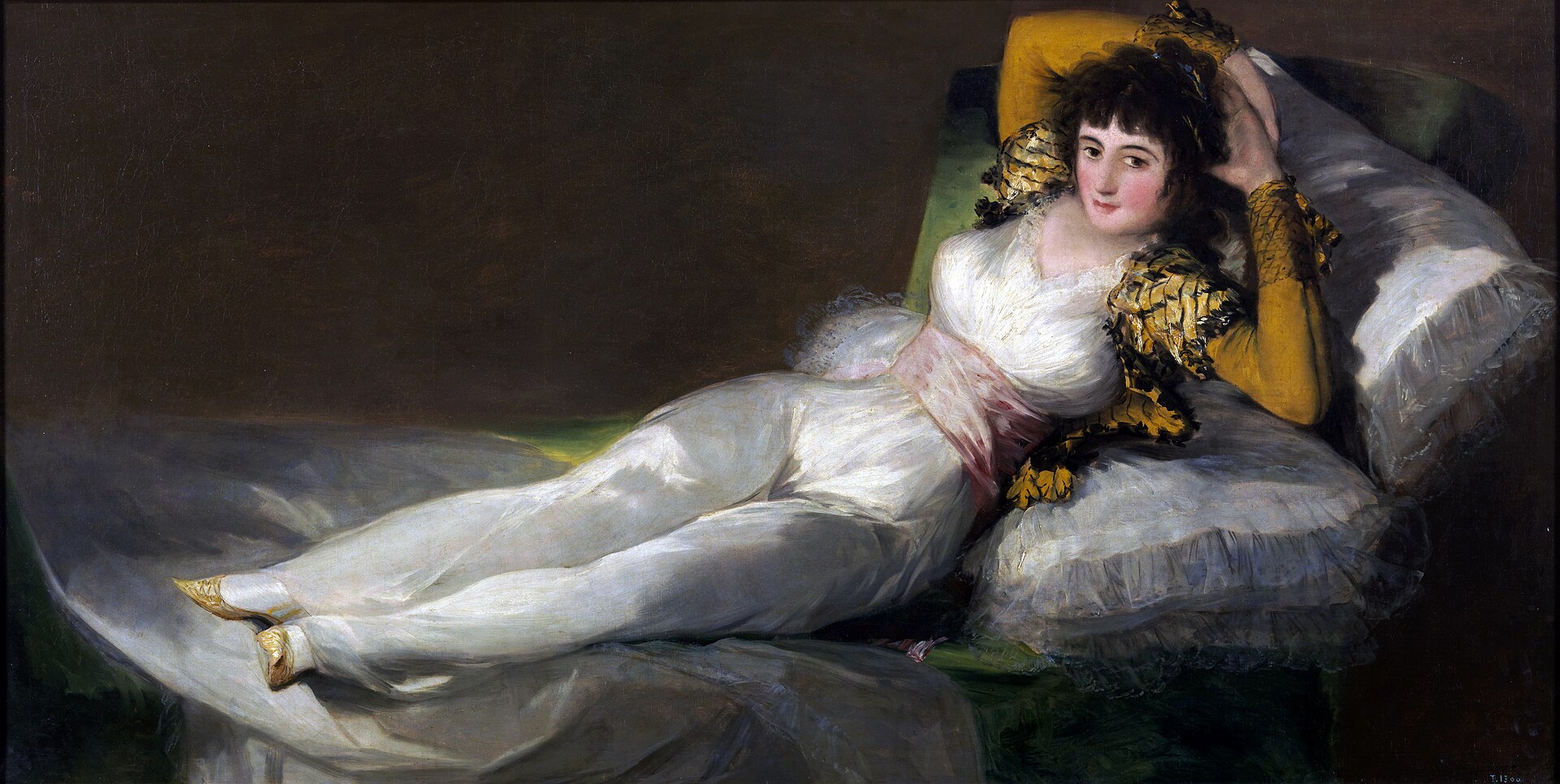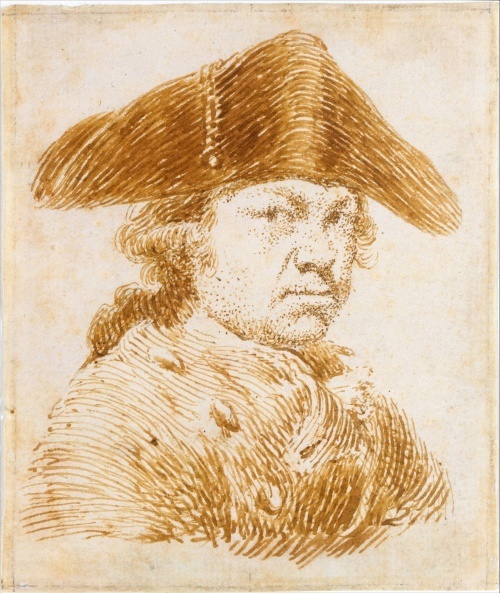... nearly finished with Goya by Lion Feuchtwanger... had to search for his famous Los Caprichos
 neither more nor less
neither more nor less
Goya's art is remarkable in that his whole style and approach to painting changed in his mature years. This change coincided with a mystery illness the artist contracted in 1792. Nobody can be quite certain what the illness was although suggestions include syphilis, polio, menières's disease and lead poisoning; however, the end result was the complete loss of Goya's sense of hearing. It took Goya many years to fully return to painting and etching and during the recuperation period, divested of his commissioned workload, he experimented greatly in style. Upon returning to painting and etching at the end of the 1790s, Goya had thrown off the influence of the rococo; his art gained a significantly darker, original tone. Not only had his style changed but his choice of subject matter too. He became markedly more interested in the grim everyday reality of Spain and the Spanish people. His characters, often twisted, grizzled and contorted depictions of the poor, the ignorant or the insane arguably reflected the mounting social tensions between old, "black" Spain of tradition and superstition and the modernising influence of an increasingly rationalising Europe.
Many critics have suggested that the radical change in artistic direction surely signified some disquiet and angst within the artist, frustrated with his sudden isolation and battling inner demons. It has been suggested that the frustration and melancholy prompted by his condition was further compounded by a failed romantic venture with the widowed Duchess of Alba.
 La maja vestida
La maja vestida
Los Caprichos, or The Caprices, date from this period. They are a bizarre, absorbing and sometimes disturbing series of eighty etchings and aquatints depicting a wide variety of subjects including the clergy, prostitutes and witches. The images are a blend of two techniques: etching and aquatint. In particular Goya's use of the aquatint process, lending the images stark contrast between dark and light, provides a distinctly mysterious and dark quality to the work.
#FranciscoGoya #etching #art #book #Caprices



 neither more nor less
neither more nor less

